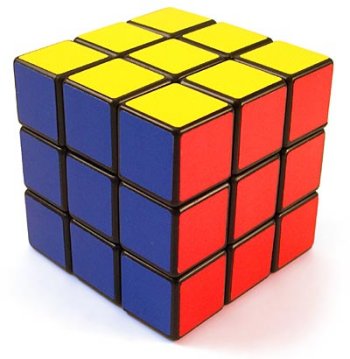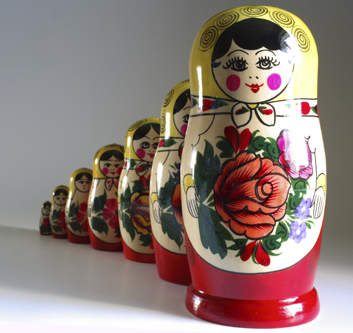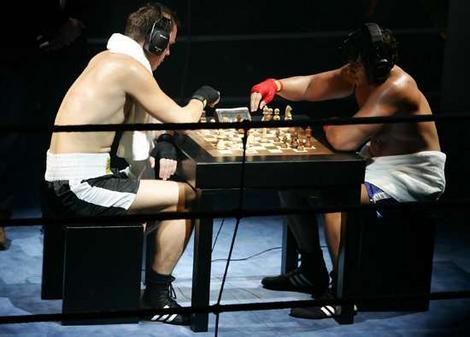| |
Fine Art Clippings
Antony Thorncroft FT Clippings

Fine Art Clippings
Please respect FT.com's ts&cs and copyright policy which allow you to: share links; copy content for personal use; & redistribute limited extracts. Email ftsales.support@ft.com to buy additional rights or use this link to reference the article - http://www.ft.com/cms/s/2/e27a258e-7772-11e0-824c-00144feabdc0.html#ixzz1PXV1Xrx0
Until now the record for a Schiele was for another cityscape, “Einzelne häuser – Häuser mit Bergen” (1915), which sold for $22.4m in 2006.
Please respect FT.com's ts&cs and copyright policy which allow you to: share links; copy content for personal use; & redistribute limited extracts. Email ftsales.support@ft.com to buy additional rights or use this link to reference the article - http://www.ft.com/cms/s/2/0b70b53e-ceb9-11d9-8cb5-00000e2511c8.html#ixzz1PXbfot2c
Never been a better time to buy
By Antony Thorncroft
Published: May 27 2005 15:51 | Last updated: May 27 2005 15:51
These are the best of times and these are the worst of times for the fine art and antiques trade. While the major auction houses and leading dealers in contemporary and modern art, contemplate yet another prosperous year, many British dealers in traditional antiques, such as 18th-century furniture, 19th-century paintings, ceramics and silver, continue to struggle.
The auction houses prosper from the emergence of rich new collectors in Russia, Latin America and Asia, and a somewhat speculative boom in contemporary art, while the dealers face challenges from changes in taste, rising prices and the competition of the internet, in particular eBay.
But it is not all bad news for dealers. For too long the majority were passive specialists, convinced that their carefully acquired stock would sell itself. Now the antiques trade has discovered the importance of marketing. Many dealers have given up their shops to operate from home, making greater use of the internet; others rely on antiques fairs to meet new clients; some have switched to more popular collecting fields; others have gone out of business. But what remains of the antiques trade is certainly more lively and imaginative than in the past.
There is no escaping the fact that the leading auction houses, in particular Sotheby’s and Christie’s, and to a lesser extent Bonhams, have used their financial muscle to expand their share of the business at the expense of the dealers. They have persuaded many collectors to buy directly from them, bypassing the dealer. In the major auctions of Impressionist and 20th-century art in New York last month 70 per cent of the lots were acquired by private buyers.
These sales offer a snapshot of the current market. The fall in the value of the dollar makes things very hard for those London dealers dependent on American clients, but it does make life easier for European collectors – a third of the works of art sold in the New York sales went to Europeans. The auctions also showed that a buoyant market brings its problems – the Sotheby’s evening Impressionist and 20th-century art sale was a disappointment, making $90m instead of an expected $130m.
This was mainly because sellers, keen to take advantage of a strong market, had asked for high estimates and reserves on their paintings and Sotheby’s, anxious to acquire the assignments, agreed. So the most expensive painting, a monumental work by Kandinsky, which carried a hefty $25m top estimate, failed to sell. Christie’s in contrast kept its estimates reasonable and brought in $142m.
Not that Sotheby’s is too depressed. Last year it returned to profit and regained market dominance over arch rival Christie’s, although so far the outcome in 2005 is too close to call. It is adopting a slightly different strategy, concentrating on fewer, but higher value lots – it sold half the number of items as Christie’s in 2004 but 282 of them fetched over $1m. Both auction houses are benefiting from the new buyers in fast developing economies who are repatriating their national patrimonies – the Russians are willing to pay top prices for national icons while the Chinese are more circumspect. However rich Indonesians and Thais are ensuring that Asian art is in great demand.
On a lesser scale works of art from India and Turkey are attracting greater interest as those countries prosper. But, at the very top, there can be just a handful of major players. The Victorian paintings market is still suffering from the disappearance of some important collectors and the downfall of Sheikh Saud Al-Thani, of Qatar – who, given the task of stocking museums in the Gulf, was by far the biggest buyer of Islamic art – has had an immediate impact on that sector, particularly for the more academic items. He had spent around £1bn in the market and his loss was a major contribution to the very flat auctions of Islamic art in London in April: Sotheby’s and Christie’s sold £5.3m of goods between them, against £18.4m in 2004. Fortunately a rising oil price should bolster demand for jewellery and decorative artefacts, both oriental and western, from other Middle Eastern sources.
But, despite the attractive auctions in London this summer, June, at least, is the time when dealers come into their own. Most ensure that their stands at the crucial Grosvenor House, Olympia and specialist fairs are works of art in themselves, and they hold back their most interesting stock for this, the major selling month of the year. The dealers also feel that events may be moving their way. It is becoming very expensive to buy and sell at auction, with buyers paying up to 20 per cent on the hammer price, and sellers almost as much. Dealers can offer discretion and immediate cash to sellers and an after-sales service to buyers, providing little extras, such as the opportunity to see if the art suits their homes, and often guaranteeing to buy them back in the future. The best dealers are also reliable long-term advisers.
Dealers are also getting better at their job, pooling their resources to acquire expensive and rare items and are often prepared to sell works on commission. They are also showing their expertise and connections by organising loan exhibitions of museum quality. This approach was pioneered by picture dealers but from June 14 Koopman Rare Art, the London silver dealer, is holding a loan exhibition of the work of Rundell Bridge, Royal Goldsmiths from 1797 to 1843, with loans from the Queen and the V&A on show; there is naturally a selling exhibition on the side. As a sign of more imaginative marketing, one Art Deco dealer at Olympia, Alexander von Moltke, is quoting a dollar-to-sterling exchange rate of $1.60 to encourage elusive American buyers, and as ever most prices are open to negotiation.
There has never been a better time to acquire antiques and works of art, and often you can furnish and decorate a home with items that retain and even increase in value over time for lower prices than you would pay in large department stores. The trade is desperate for new buyers, even browsers, and June offers a wonderful opportunity for anyone interested in collecting, furnishing, shopping, or even investing, to venture out and see what is on offer.
http://www.ft.com/intl/cms/s/2/0b70b53e-ceb9-11d9-8cb5-00000e2511c8.html#axzz1PXTCrRj0
|
|











